The climate can be saved by cutting down forests, believes Oulu’s largest forest owner
A major forest owner in Oulu believes that the best way to protect the climate is to manage forests as efficiently as possible. There are reasons for this view, but it can also be challenged.
– The lady said if you buy one more piece of forest land, she’ll slap you.
Today, Kauppinen lives alone with her Esa the bear dog in her old grandmother’s house in northern Ostrobothnia – in the middle of the forests.
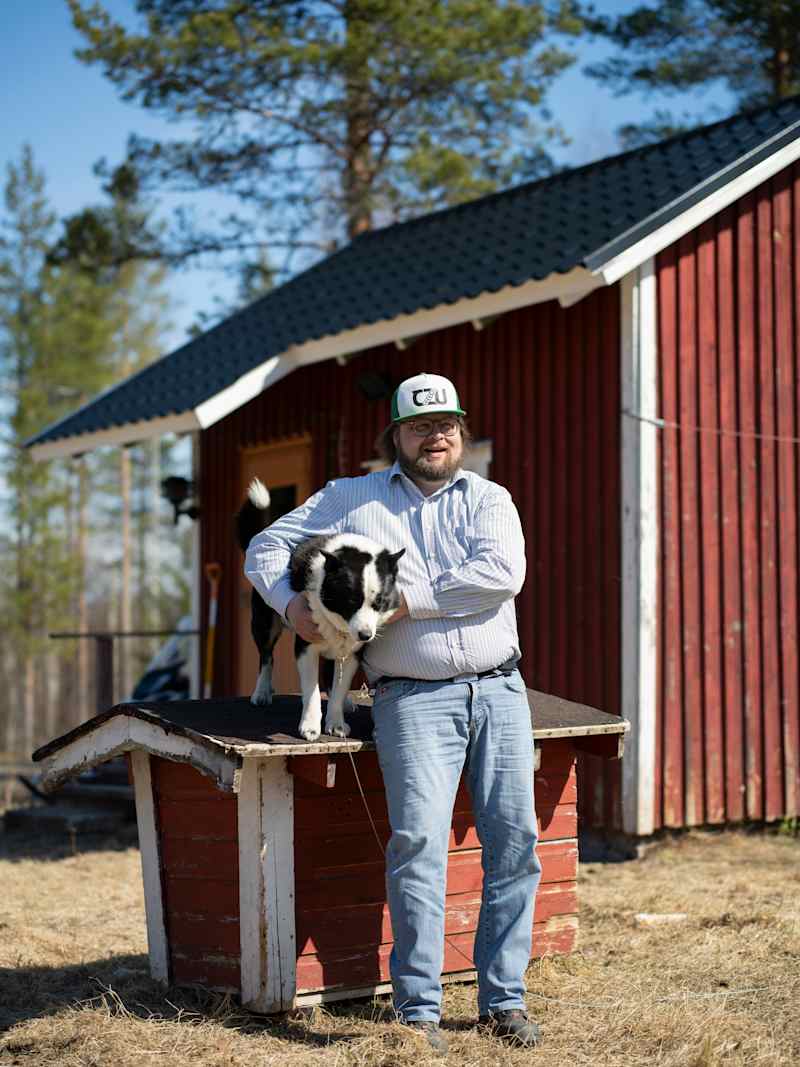
Kauppinen owns more forest in Oulu than any other private owner, almost 1 500 hectares.
– I love the forest.
He also loves to talk about the woods.
In particular, how effective forestry can save the climate.
– In the long run, wood production and felling volumes must be maximum.
The claim is not quite breezy, although researchers say it would be problematic if everyone was as effectively treating their forests as he was.
Forests as an alternative to fossil fuels
Kauppinen justifies his thoughts on the fact that wood could replace any fossil material.
-Now the debate focuses only on how our biomaterial production machinery, that is, forests, is made into a passive carbon stock in order to continue fossil emissions within the EU agreement.
Kauppinen thinks it should be thought differently.
– If the forest is felled, there will be a little less carbon stock over the decades following. However, logging enables sustainable forestry to pursue all over Finland.
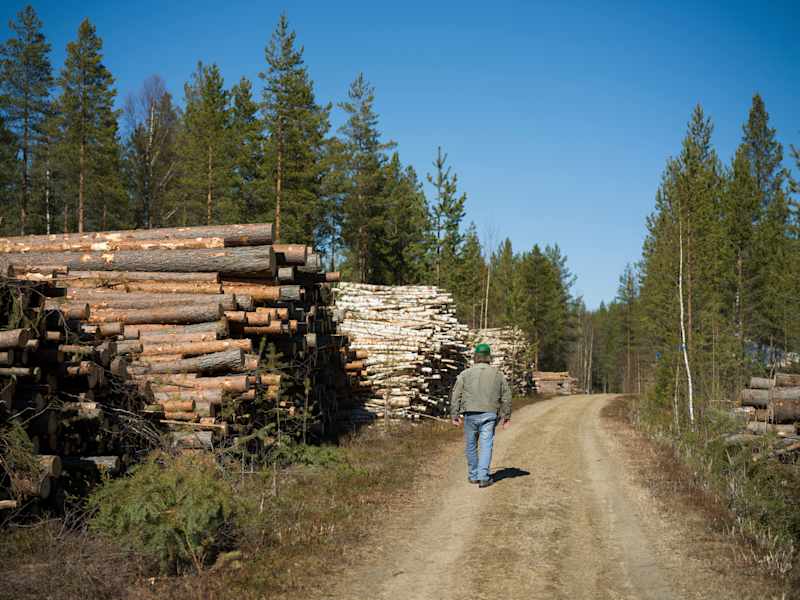
Prior to the objections, Kauppinen’s forests are visited to find out how he has become such a significant forest owner.
It all started in the heritage forest
After high school, Kauppinen went to Forest School.
Later, he studied three master’s degree: Master of Science in Agriculture and Forestry in wood technology, a Master of Science in Economics, and a Master of Science in Economics in Information Systems Science.
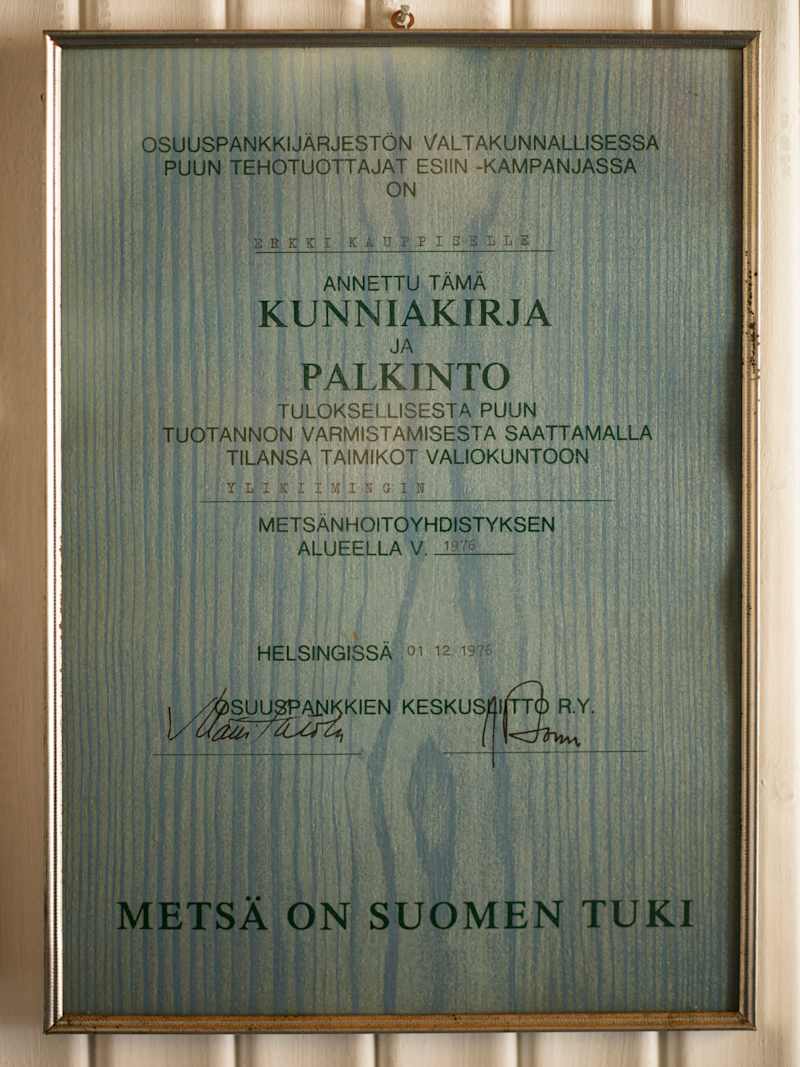
Kauppinen inherited his first forest 17 years ago when his grandfather died.
Then he bought more forests.
First from relatives, then from anyone who sold it. The forest was well available in the 2010s when large paper machines stopped and large forest companies gave up their holdings.
Kauppinen’s day job and hobbies are related to the forests.
He is a development expert in the bioeconomy industry, a believer at the National Land Survey of Finland and develops a business -related business.
Experts partly disagree
What the experts think about Mikko Kauppinen’s views depends on who you ask. As is often the case with forest issues.
– But I wouldn’t start to use forests and only the method of flat forest education everywhere.
According to Korhonen, it would also lead to problems with the diversity of forests.
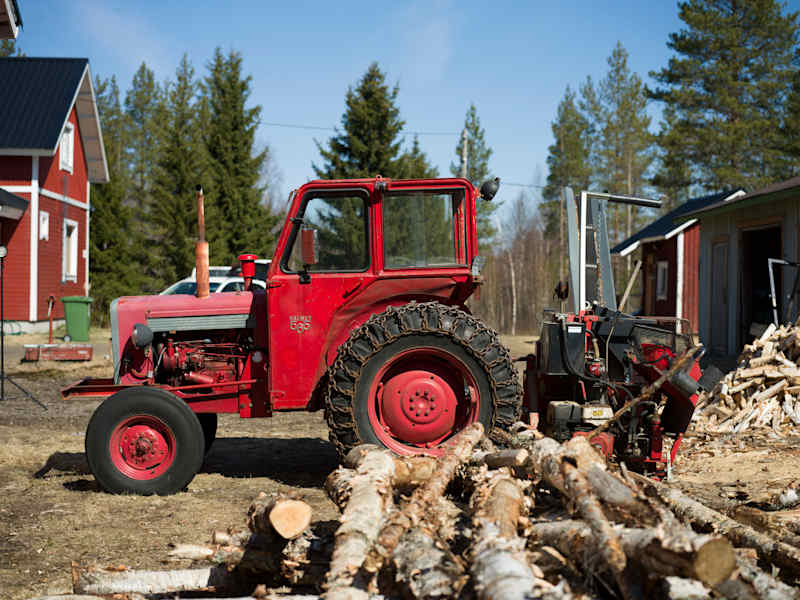
He emphasizes that the calculations clearly show that replacing fossil fuels with wood is a worse option for climate than allowing the carbon in the forests to remain there.
Although the forests bind carbon as the forests grow, adding felling will reduce the amount of carbon in the forests up to at least 2100 compared to not increasing felling.
Forests also bind carbon in their soil. According to Soimakallio, it further increases the adverse climate effects of felling.
According to experts, felling volumes cannot afford to raise well in Finland. According to the calculations of the Natural Resources Center, more wood is already felled in the southern parts of the country than the maximum maintainable logging option is. However, in northern Finland and at the national level, the situation is the other way around.
No single truth about forest management practices
Kauppinen favors periodic education in his forests.
Continuously covered breeding from Kauppinen is a good option, but not for him.
– That’s where forest renewal is really slow. It doesn’t fit my strategy.
It depends on the calculations used but also on the forest.
However, according to Rautio, it is that the trees often grow faster in periodic breeding, because in continuous -covered breeding forests are naturally renewed and the trees may be fewer. However, in peatlands, which is high in northern Finland, continuous-covered breeding is often better for the climate.
Addressing the values of nature
Kauppinen has sometimes failed to beat the forest. He has also protected it through temporary protection of the Metso program. Then it has been nature values.
We asked the shop to present an object where nature values \u200b\u200bhave affected forest management.
He takes us to the Jolosjoki Kotakoski.
He has to do the job as in the Jolosjoki River: protection must be voluntary.
The worst thing about Kauppinen’s opinion would be that, for example, the state would start restricting logging or forced to protect forests.
Then there would be a risk for forest owners to beat old and valuable forests for their forests at a time when the restrictions would just begin to be talked about.
– If there is a fear that the state will socialize without compensation and take on ownership from forest owners, forest owners have no interest in maintaining the value of forests.
Forest owners’ wallets feel the impact of higher wood prices
Kauppinen beats about 5,000 cubic meters of wood a year.
The amount has not been influenced by the fact that the price of the wood is now unusually high.
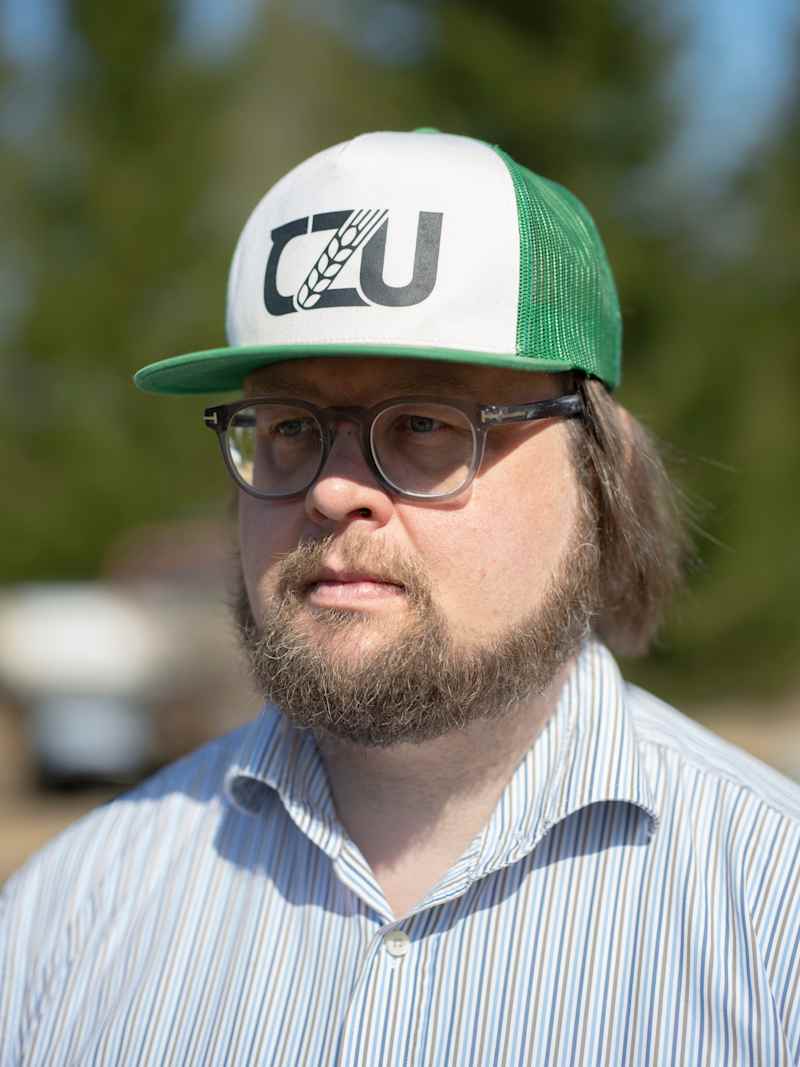
Kauppinen does not want to tell you exactly how much he earns.
However, it can be calculated that 5,000 cubic meters of wood get tens of thousands of euros more than a year earlier.
– I have quite a lot of debt. I have acquired forests with loan financing, he points out.
For his latest forest purchases, Kauppinen has no longer had to take out a new loan.
Still, life has not changed.
He still says he is hoarding red -fitted products from the store, even if he doesn’t really need. Building a new home to replace the old grandmother is just a dream.

